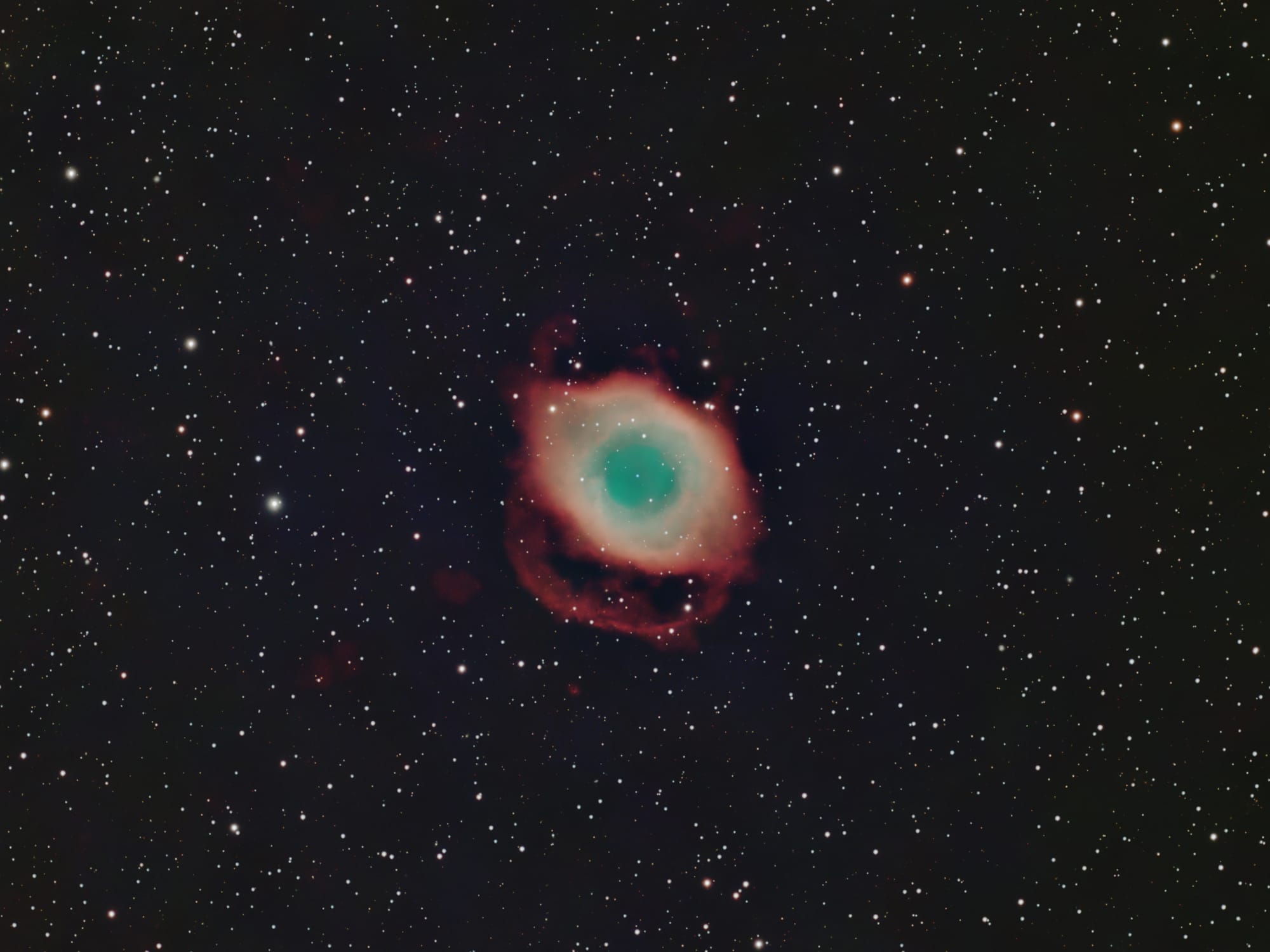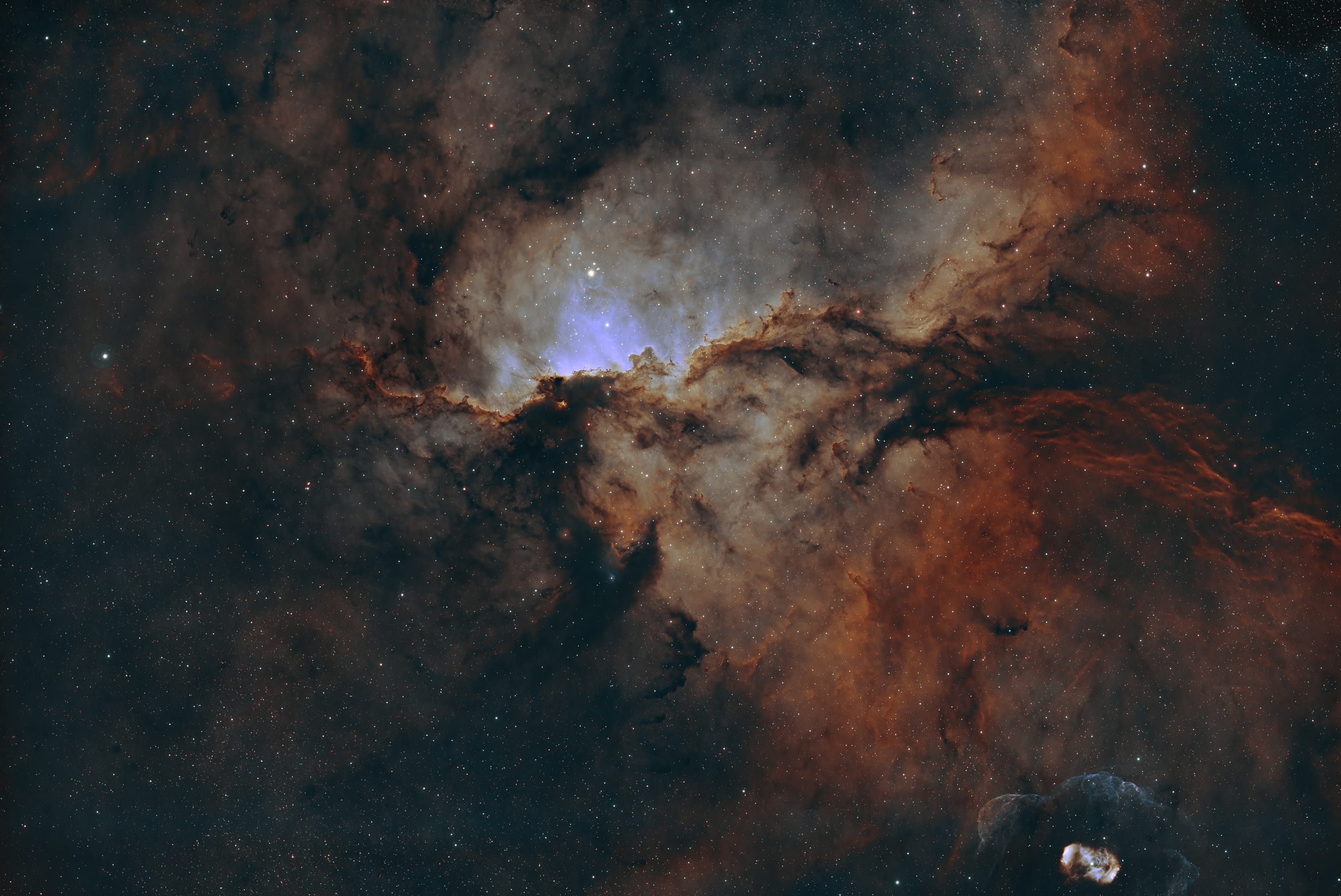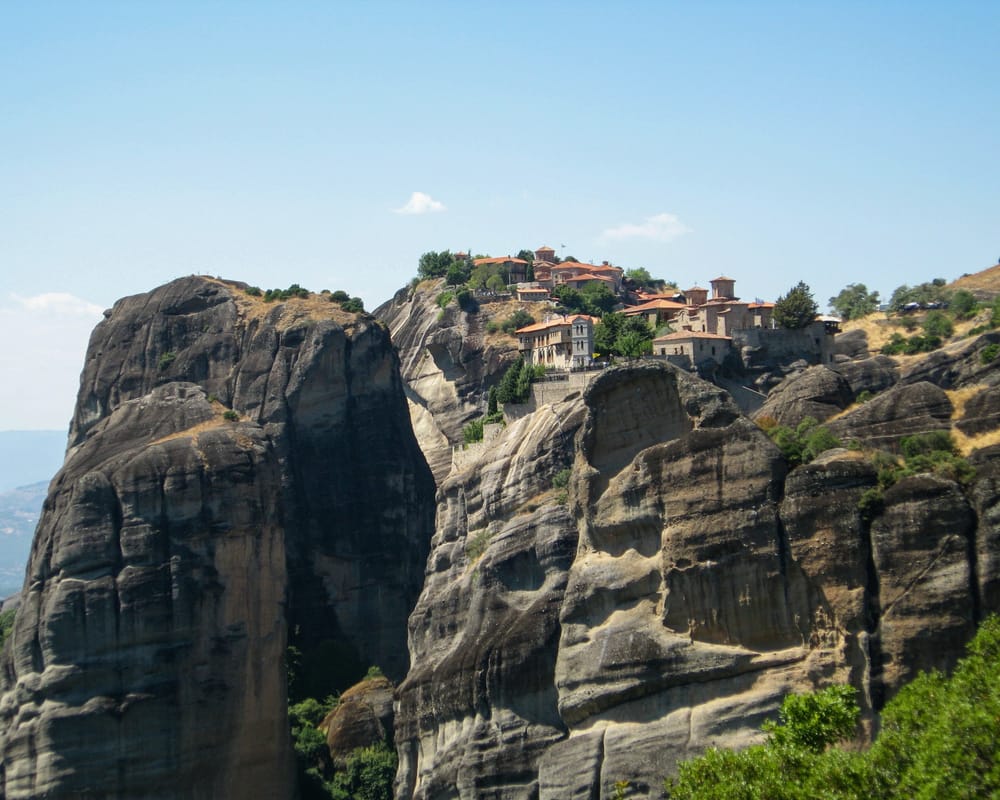Astrophotography
My interest in deep space astrophotography started in my teens when I dabbled in photographing my mates surfing. I’ve always had an interest in photography, but life got in the way and I never really came back to it seriously until a trip to Svalbard in the arctic – on a small icebreaker in 2018 – where a couple of professional wildlife photographers re-infected me.
I came home and did some workshops with NZ Photography Workshops, including an astro one with Richard Young and Mark Gee. Mark’s mastery of the technical, and more particularly his creative artistry in astrophotography had me hooked, and I fell down the rabbit hole of landscape astrophotography.
Somewhere along the road the rabbit hole became a black hole (probably something to do with the internet), and I became fascinated with deep space astrophotography. As a failed electrical engineer and retired finance executive, this was the perfect pastime. It wasn’t until I blended that with my ability to get lost in the present moment while photographing – developed from practicing meditation – that I really began to produce some images that I was happy with. For me, it is a perfect marriage of the technical and the artistic.

Deep Space Objects (DSOs)
So, what is a Deep Space Object? It’s something out there in space beyond our solar system, beyond the planets. DSOs are a long, long way away – as in many light years. Light speeds along in space at just under 300,000 km per second so, in a year, light travels about 9 thousand trillion kilometres – a ‘light year’. By contrast, the light from the sun reaches earth in about 8 minutes, so these DSOs are a long way away and despite often being very large, they are also quite faint. This means that when you capture them, you’re looking back in time, and some special techniques and equipment are used to capture and develop images.







